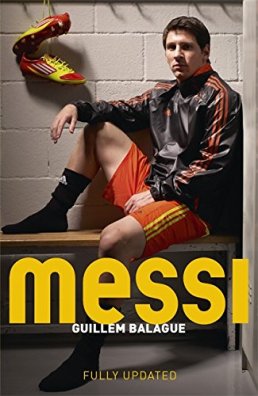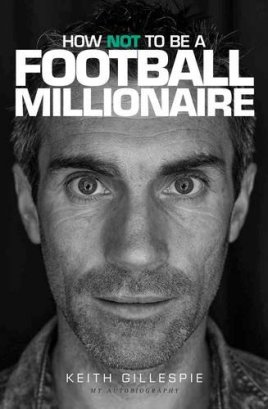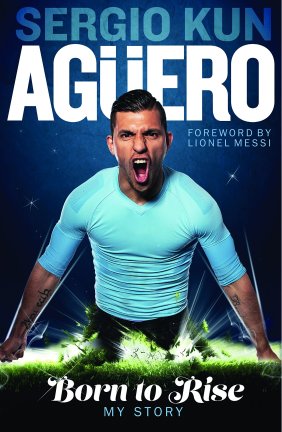1. Above Head Height: A Five-A-Side Life by James Brown (Quercus, Feb 2017)

In December 2015, former NME and GQ journalist James Brown wrote a very moving tribute to one of his teammates who passed away. The article struck a real nerve with the ever-growing five-a-side fraternity and this book will surely expand on the weird and wonderful camaraderie that exists between people who only meet for an hour every week. Novelist Tony Parsons has gone so far as to call it ‘The Fever Pitch of five-a-side’.
2. Shades of Blue: My Life in Football and the Shadow Within by David White and Joanne Lake (Michael O’Mara, Feb 2017)
David White played for Manchester City for eight years, between 1985 and 1993. He’s always been a club legend but in the last few months, he’s entered the national spotlight as one of the first brave men to go public about sexual abuse at the hands of former Crewe Alexandra youth coach, Barry Bennell. This promises to be a groundbreaking account and in Joanne Lake (co-author of I’m Not Really Here, a groundbreaking account of depression in football), White has the perfect support.
3. Doctor Socrates: Footballer, Philosopher, Legend by Andrew Downie (Simon & Schuster, March 2017)

I’ll be honest – I was a little sceptical about this one at first. Sure, it’s got a great cover but do we need another book on a Brazilian legend? The answer, as it turns out, is absolutely yes because this is an unusual biography about an unusual player. Downie is in possession of unparalleled insight; ‘he has had exclusive access to Socrates’s unpublished memoir and many of the tape recordings left by Socrates’. So I think this will be a special book indeed.
4. Nolberto Solano: Blowing My Own Trumpet (Mojo Risin’ Publishing, March 2017)

I’m a big fan of cult footballers and they don’t get much bigger than Sir Nobby of Newcastle. Judging by his Twitter account, I reckon the little Peruvian has plenty of tales to tell about his time on Tyneside. ‘Armed with a lifetime of memories and his trusty trumpet,’ the publisher website states, ‘Solano reveals all in a story filled with hope and punctuated by painful life lessons.’ I can’t wait for this one.








 On first glance, Born to Rise: My Story looks like classic Christmas football fan fodder. On the cover, Agüero roars out of a football pitch in a plain light blue shirt (Manchester City obviously refused to give image rights), his Elvish tattoo on display. His name is big and central, next to that of his best friend Lionel Messi, who provides a pretty insipid three-page foreword.
On first glance, Born to Rise: My Story looks like classic Christmas football fan fodder. On the cover, Agüero roars out of a football pitch in a plain light blue shirt (Manchester City obviously refused to give image rights), his Elvish tattoo on display. His name is big and central, next to that of his best friend Lionel Messi, who provides a pretty insipid three-page foreword.